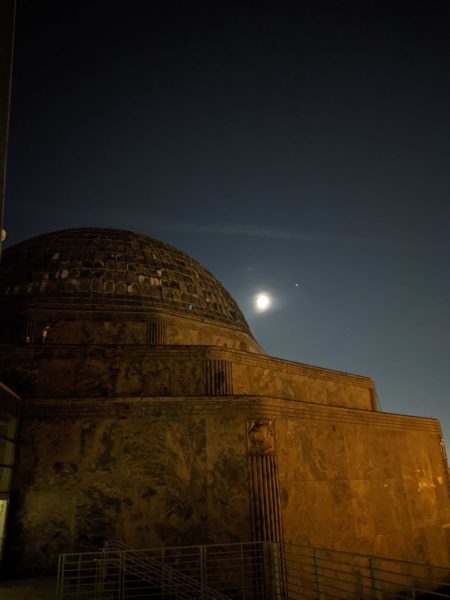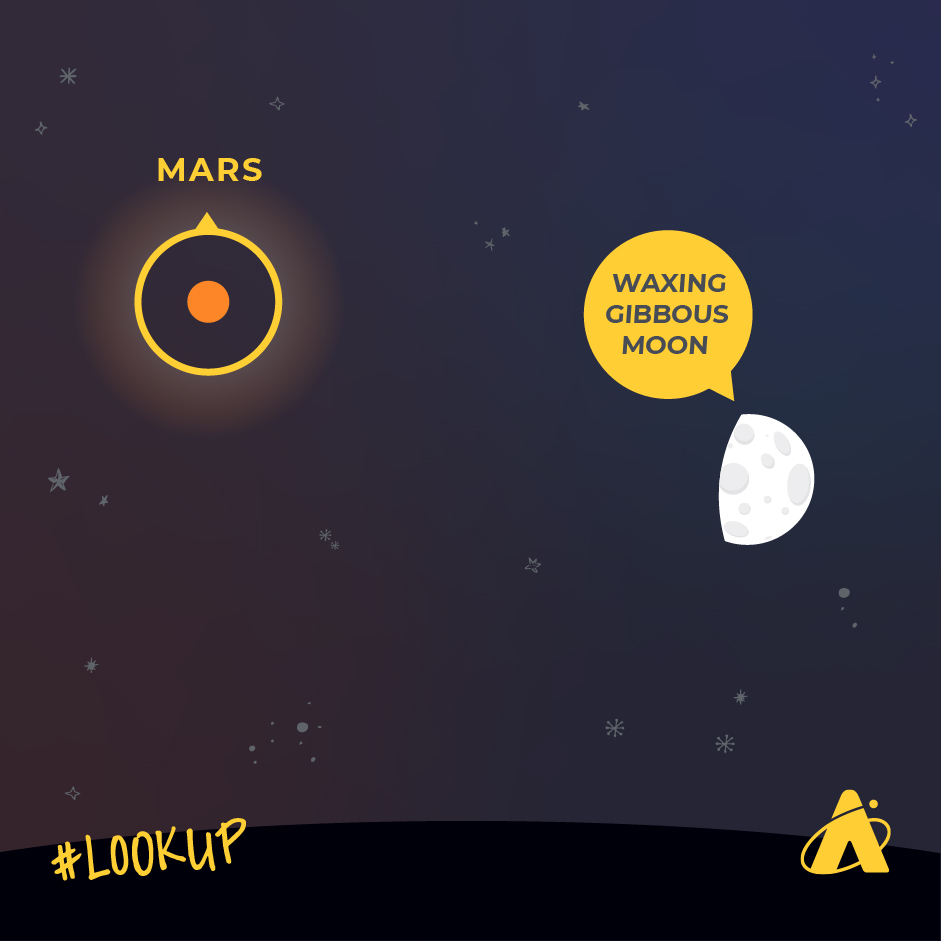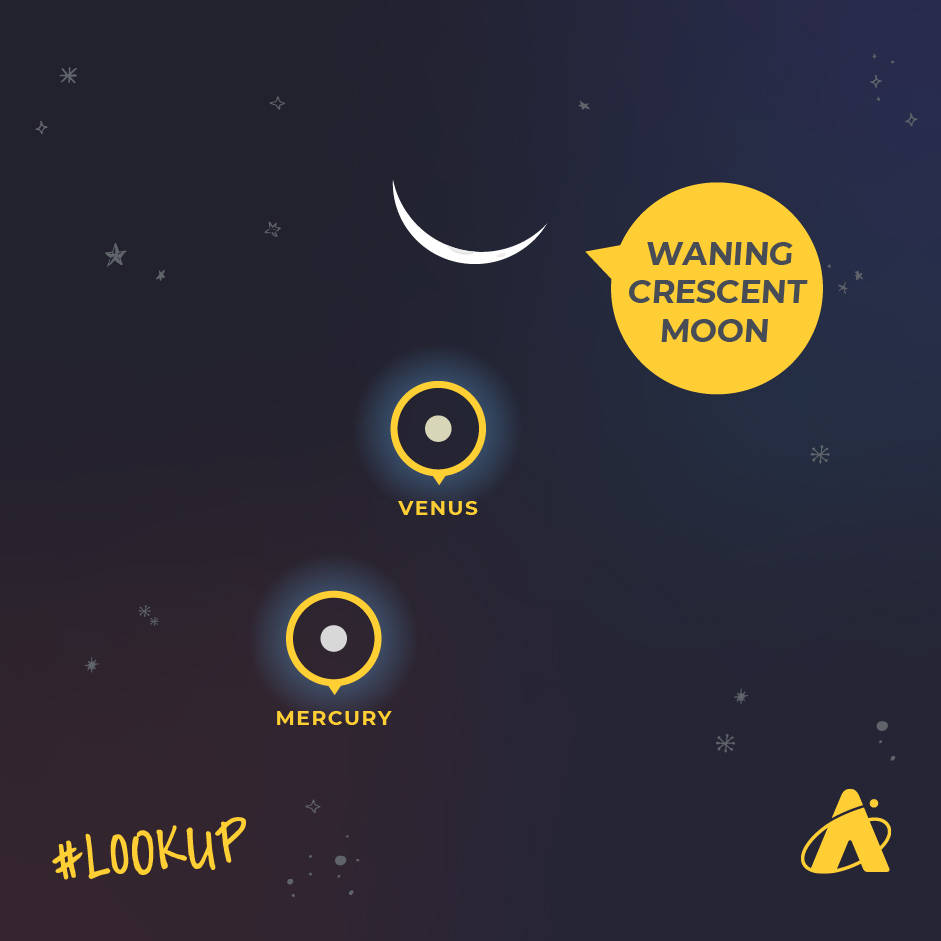Adler Skywatch: November 2020

Header Image: The outside of the Adler Planetarium at night with the Moon, Jupiter and Saturn brightly lit in the background. Image Credit: Mike Smail
Many of us lost an hour earlier this year, but we get back that hour this month, November 2020!
Most of the United States uses Daylight Saving time, which starts on the second Sunday in March. It ends on the first Sunday of November, which this year is on the 1st, at 2:00 a.m. local time. On this date we turn our clocks back one hour, as we “Fall back” to Standard Time for the year. This means the time frame for sunrises—and sunsets—shifts backward by an hour.
In addition, for those in the Northern Hemisphere, the Sun gets lower in the sky each day this month. For Chicago’s latitude, this means about two minutes of daylight time is lost each day. In the metro area, the Sun sets around 4:45 p.m. Central Standard time at the beginning of the month. By the end of the month, it sets before 4:30 p.m. CST.

Like last month, the planet Mars continues to be brighter than usual in the night sky. It’s not quite as bright as it was in October, but it’s still impressive. It rises in the east around sunset, then it’s high in the south around the midnight hours, and finally it sets in the west shortly before morning twilight. However, Mars gets just a little dimmer each evening as the distance between our two planets increases. It starts the month at about minus-2 magnitude, and by the last evening of the month it’s near minus-1 magnitude. The lower the number of magnitude, the brighter the object!
Let’s compare Mars to Jupiter, which is low in the west-southwest at sunset. Jupiter stays just above minus-2 magnitude all month long. A few degrees to the left of Jupiter is the slightly dimmer planet Saturn. The evenings of the 18th and the 19th, a slim waxing crescent Moon is near the two planets. The two planets are quite close all month long, and get slightly closer each passing evening. Keep an eye on Jupiter and Saturn this month—and especially in December, when they appear very, very close to each other. The planetary pair sets in the southwest shortly before 9:00 p.m. Central Standard time.
This month the brightest planet, Venus, rises in the early morning darkness. In the Chicago area it rises about 3:30 a.m. CST early in the month, and by about 4:30 a.m. CST by month’s end. An extremely thin waning crescent Moon appears above the planet the morning of the 12th. Venus is so bright that it can be seen in a clear southeast sky well into morning twilight.

During the second week of the month, as morning twilight just starts to lighten the sky, look below and slightly to the left of Venus. That bright star near the east-southeast horizon isn’t a star at all—it’s the planet Mercury. It always helps to have a clear horizon line if you’re trying to spot Mercury; it never gets very far above the horizon before the Sun’s glare blots it out. By about the 18th, Mercury rises too close to dawn to be readily visible.
The last penumbral lunar eclipse of the year takes place the morning of the 30th. In the Chicago area, the eclipse starts a little after 1:30 a.m. CST, and it ends about 5:50 a.m CST. Keep in mind, however, that this isn’t a total lunar eclipse, it’s penumbral, meaning the Moon passes through the lighter part of the Earth’s shadow, not the darker inner part. You may notice the Full Moon seems a little bit dimmer than usual or has a slightly grayer shading; but don’t expect a reddish-colored Moon or a deep darkening of a portion of the Moon’s surface. In fact, sometimes it’s difficult to notice that a penumbral eclipse is even occurring. If you happen to be awake at that time, give the Moon a glance to see if you can spot a slight shading change.

Last Quarter Moon: November 8
New Moon: November 14
First Quarter Moon: November 21
Full Moon: November 30
Please note that these descriptions are for the Chicago area, using Central time.
Watch exclusive episodes of Sky Observers Hangout this November! Our astronomy educators will help you choose a telescope that is right for you or the stargazer in your life and get a tour of the winter sky. See what else you can spot in the night sky with Nick during Skywatch Weekly. New episodes are released every Wednesday.






